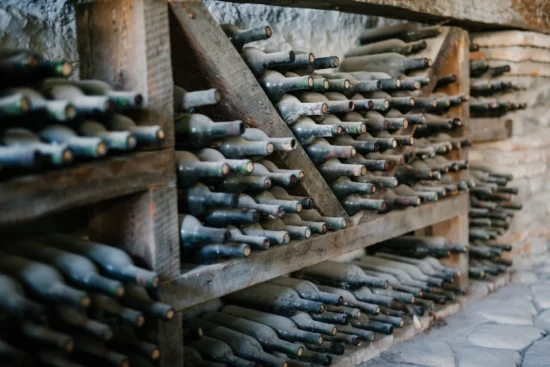Raise a Glass to the Past: A Brief History of the American Drinking Age

The legal drinking age in the United States has been a topic of debate and change throughout its history. From the early days of the nation to the present, the drinking age has evolved in response to various social, cultural and safety concerns.
As a certified seller-server in the alcoholic beverage industry, it’s interesting to see how the drinking age has evolved.
Colonial Era to Prohibition
In the early days of America, there was no standard drinking age or laws about it. Cultural practices and family traditions dictated when you could partake instead.
However, concerns about excessive drinking and its effects on society began to emerge, leading to the Temperance Movement and eventually the nationwide prohibition of alcohol in the 1920s.
1933 Repeal of Prohibition and State Control
The repeal of Prohibition in 1933 granted states the authority to set their own drinking age.
This created a patchwork of regulations across the country, with some states allowing alcohol consumption at 18 while others maintained a higher minimum age. The lack of uniformity raised concerns about underage drinking and led to growing calls for a more standardized approach.
The 1984 National Minimum Drinking Age Act
In response to increasing concerns about drunk driving and underage drinking-related accidents, Congress passed the National Minimum Drinking Age Act in 1984.
This legislation mandated that all states establish a minimum drinking age of 21 or risk losing federal highway funding. By 1988, all states had complied with the law, effectively raising the drinking age nationwide.
Debate and Criticism
The implementation of a uniform drinking age of 21 sparked ongoing debates and criticism. Advocates argued that the higher age limit reduced drunk driving incidents and protected young people from the potential dangers of alcohol.
Opponents, however, claimed the new law undermined the rights and responsibilities of young adults and contributed to a culture of binge drinking on college campuses.
Exceptions and Modifications
While the legal drinking age is generally 21 in the United States, there are a few exceptions and modifications. For example, some states allow for underage drinking in specific circumstances, such as under parental supervision, religious ceremonies or medical purposes.
Additionally, the legal drinking age does not apply to the possession or consumption of alcohol in private settings, provided it does not violate state laws.
Contemporary Perspectives
Today, discussions around the drinking age continue. Some argue for lowering the legal age to 18, aligning it with other age-related milestones such as voting and military service.
Others emphasize the importance of comprehensive education and responsible drinking practices to mitigate the negative consequences associated with alcohol consumption.
Get to Know the Facts with TABC On The Fly
Unraveling the past of the drinking age in the United States unveils a fascinating interplay between societal concerns, safety considerations and shifting attitudes toward alcohol. Looking toward the horizon, it’s important to maintain the equilibrium between safeguarding public health and everyone’s safety while respecting the rights and responsibilities of young adults.
For online TABC training in this and other best practices, look no further than TABC On The Fly. Our online, self-paced convenient and proven educational quality are exactly what you and your team need. Contact us today for more information.
Back to Blog